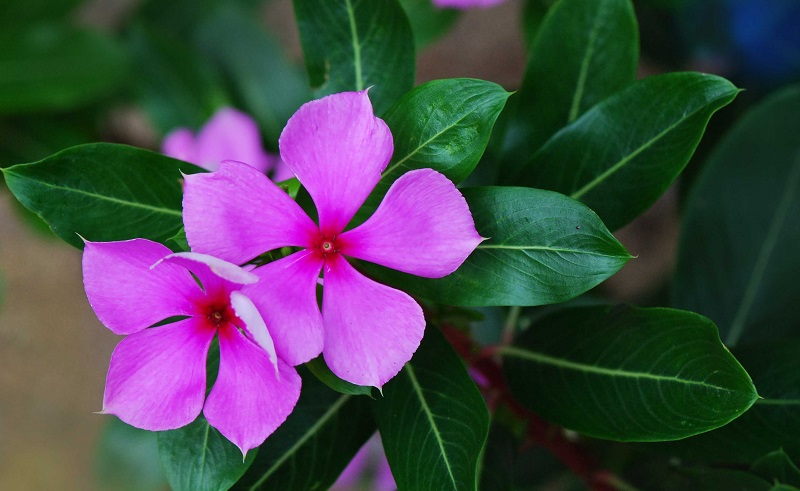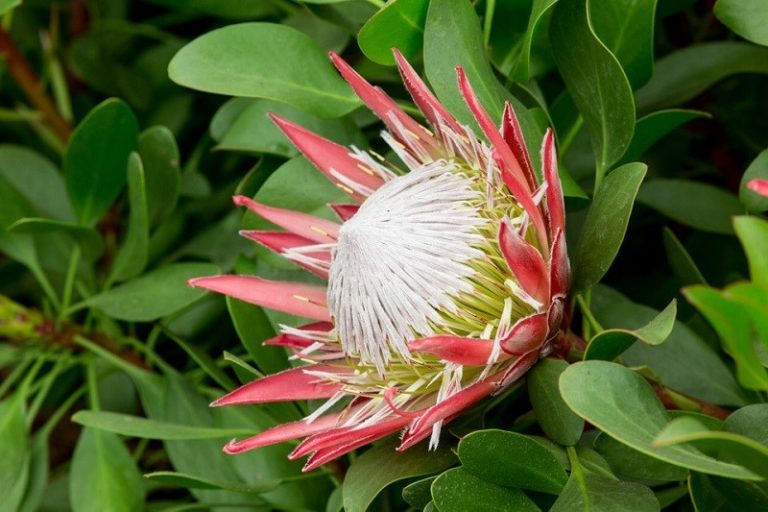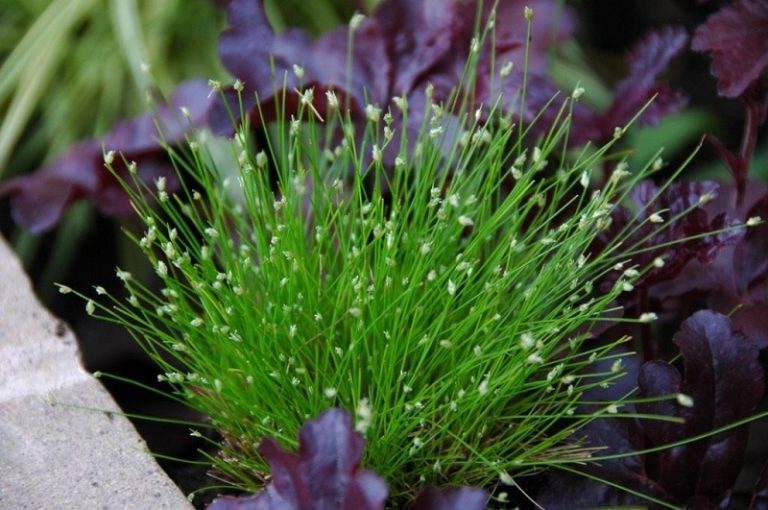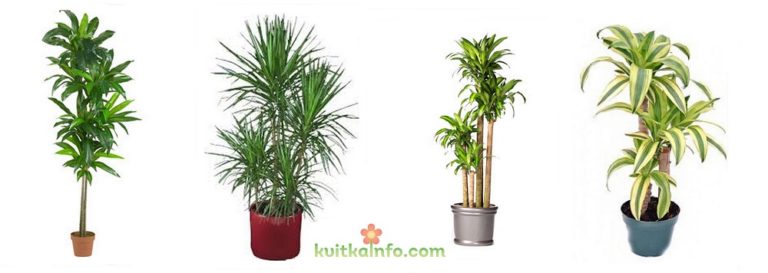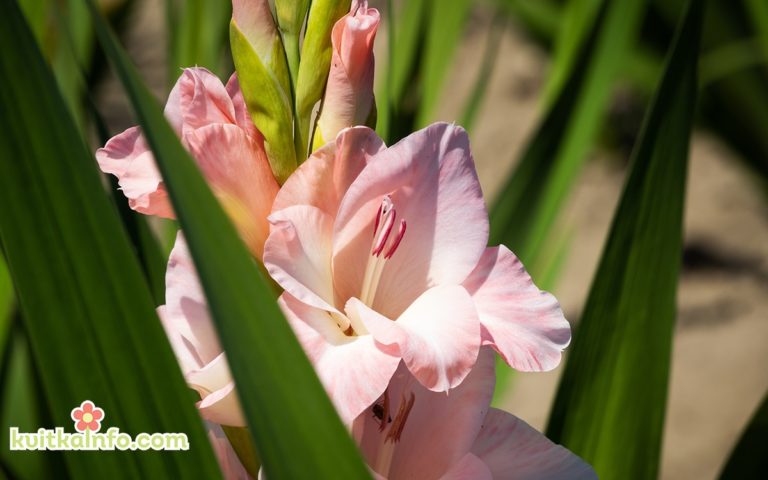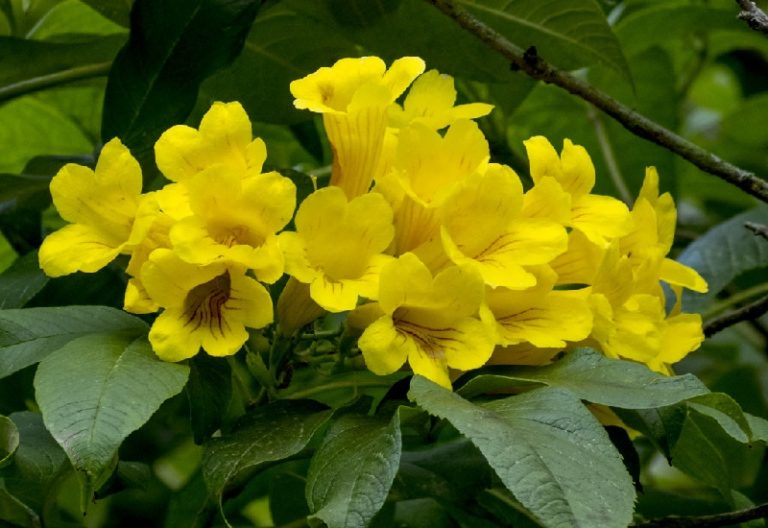Catharanthus – care, reproduction
Catharanthus is a beautiful flower and not at all whimsical, it can grow in the garden in a flower bed, in containers, and also indoors. By the end of summer, this flower will cover the ground with a flowering mat. But, in order for the catharanthus to bloom longer, you need to know some rules for caring for it.
Catharanthus roseus (Catharanthus pink) belongs to the Kutrov family. The name means “pure flower”. In the wild, it is found in the tropics and subtropics of Africa, Indonesia, the Philippines, Indochina, more often in its homeland – the island of Madagascar.
Outwardly, catharanthus is very similar to the periwinkle known to all of us. Even in the scientific literature, it was called “Periwinkle pink” or “Madagascar periwinkle” for a long time. But, as it turned out, these two plants are not even relatives. Catharanthus is an evergreen, abundant shrub. The trunk is robust, branched, with rich green leaves with a sheen. The leaves are of the correct shape, with a light beige vein in the center. The color of the flowers is from white to burgundy, there are varieties of mixed color. The flowers are five-petaled, reaching up to 5 cm in size. The height of an adult plant averages up to 60 cm. Varieties: bush and ampelous.
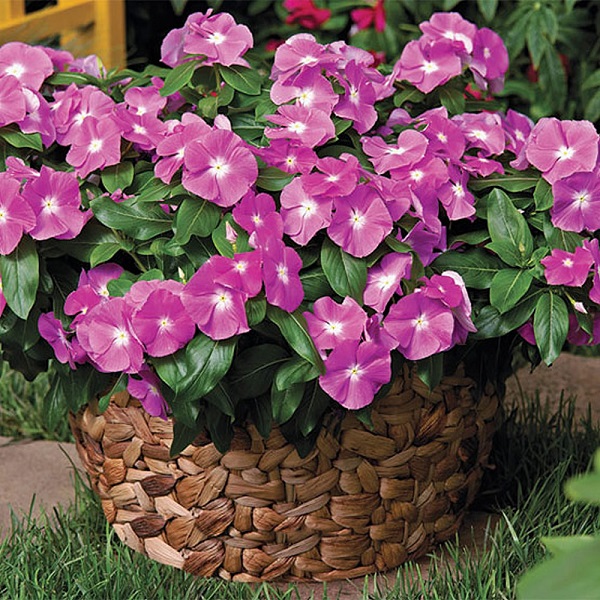
Important: the plant is poisonous. Irritation may appear on the skin, so it is better to work with gloves and trim with small scissors.
Types of catharanthus:
«Albus»; «Ocellatus»; «Orchid»; «Grape»; «Aprikot»; «Red»; «Parasol»
Each variety is distinguished by the shade of the inflorescences, the height of the bush and the type of growth.
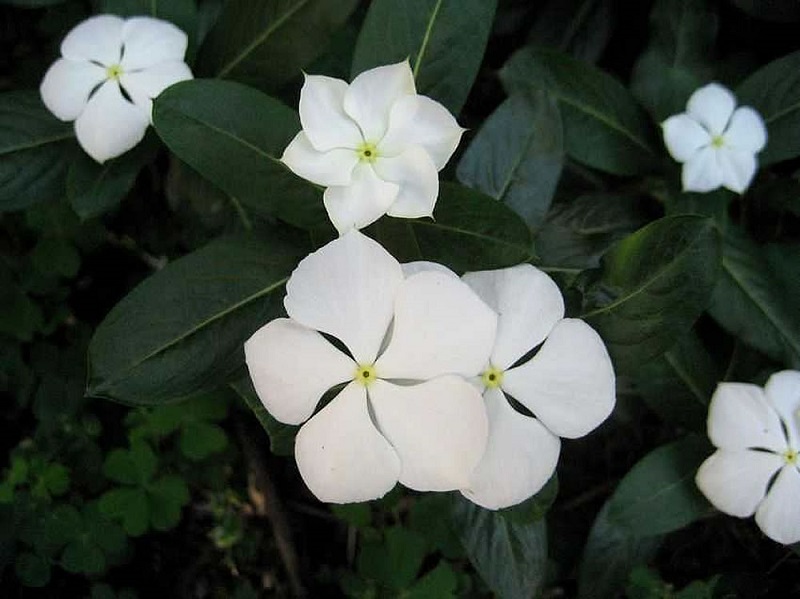
The Land of Catharanthus
The soil should be nutritious and loose. Mix one part of peat, humus, sand, sod and leafy soil. But, any other fertile soil is also suitable. For growing in pots, do not forget about drainage.
Watering and humidity for catharanthus
Catharanthus pink loves moisture. Therefore, it should be watered regularly, but not flooded, especially in containers, or pots. Therefore, if the flower pot does not stand on a tray with expanded clay, then it is better to pour out excess water from the pan. But you should not bring the earthen coma to overdrying. In some varieties of plants, lack of moisture leads to leaf curl. The leaves curl up into tubes and it seems that the flower is gone. It is also worth noting that with excessive watering, plant growth slows down, and can lead to rotting of catharanthus roots.
But the air humidity is high, spray the plant 2 times a day with water at room temperature, and in winter with warm water.
Feeding catharanthus
Once every ten days, water the catharanthus with a special fertilizer containing potassium and phosphorus. Fertilizers for roses are suitable.
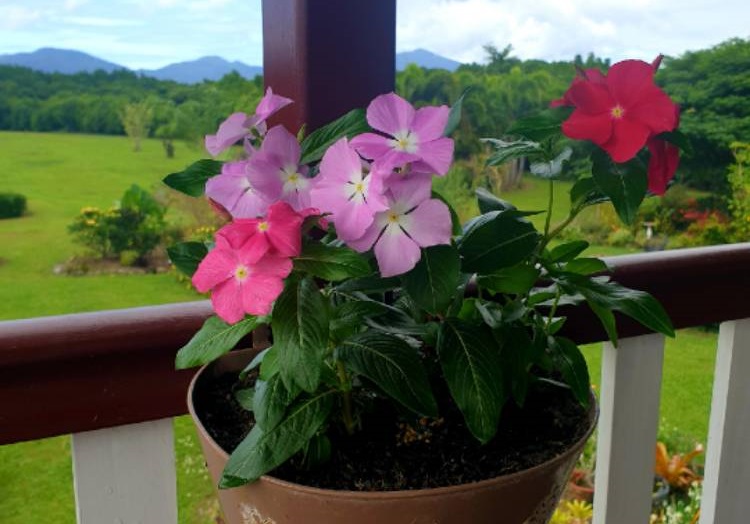
Where to put catharanthus. Air temperature
Indoors.If catharanthus grows in the house, then it should stand in the brightest place. The more light, the better. East and west windows are great places to grow catharanthus. In case of lack of light, the stems of the plant will stretch, become thinner, the flowers will become smaller, and their number will be small. The birthplace of pink periwinkle is the tropics, so this flower loves warmth. Indoors, the temperature should not fall below 5-8 degrees C. The most comfortable temperature is 15-30 degrees C.
In a flower bed. Catharanthus should be accustomed to direct sunlight gradually. When planting seedlings, think about whether this place will be protected from the cold wind. A draft and cold wind can destroy the plant. You need to plant a plant in a flower garden at the end. May – beginning. June, and hide before the onset of frost.

Transplanting and pruning catharanthus
This flower grows very quickly and needs to be transplanted often, every year, at least. Every spring you need to prune the plant, for bushiness this applies to those that grow in the room. You can also prune in the summer, while you need to remember that the flowers on the cut stem will appear in two to three weeks, and the main stem will become tree-shaped. But pinching( pinch off the growth point)the plant loves, because flowers appear at the tips of the stems, in the upper axils of the leaf. The more stems, the more flowers. Although it should be noted that scientists have bred varieties in which branching is genetically laid.
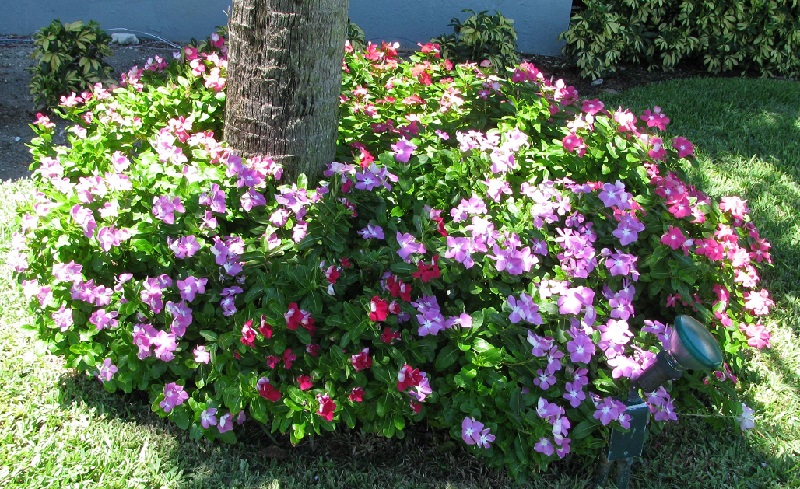
Growing catharanthus from seeds
If there is additional lighting, then you can sow seeds for seedlings without waiting for spring, in February. The sowing depth should not be more than one and a half centimeters. Water the earth first, wait until the water is absorbed and only then start sowing seeds. After seven to ten days, if the temperature is around 23-24 degrees, the seeds will germinate. Sprouts do not grow for a long time, do not worry – they build up their root system. The first pick is carried outin the face of four leaves. And do not rush to feed the germinated plants with fertilizer. From the moment the sprouts appear to the first feeding, at least two to three weeks should pass. Catharanthus must be transplanted into open ground carefully without damaging the earthen coma. The distance between plants should be at least thirty centimeters.
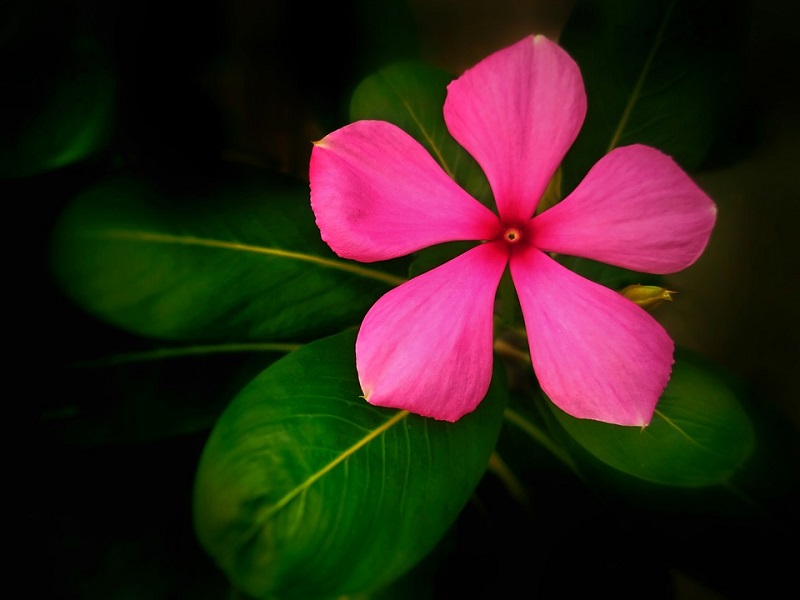
Propagation of catharanthus by cuttings
For propagation of periwinkle vegetatively, apical green cuttings are suitable. They take root perfectly in water, especially if you add a few drops of a stimulant there. Or you can plant cuttings immediately in wet sand mixed with fertile soil. In this case, it is better to cover them with a plastic bag or a regular jar. Cuttings can be rooted both in spring after pruning and in autumn by cutting green shoots from a plant growing outside. The temperature must be at least 20 degrees C for the rooting of cuttings to be successful.
Catharanthus pests
Catharanthus can be attacked by aphids, spider mites and scale insects.

Care errors:
If the leaves become soft, turn yellow and die – too much direct sunlight.
If the tips of the leaves dry and turn yellow, there is not enough moisture in the air. This happens in winter, when the heating is working.
Few flowers – cold air. The higher the temperature, the more profusely the catharanthus blooms.
If the roots braid all the ground in the pot, then the plant will stop blooming, the leaves will dry and turn yellow

